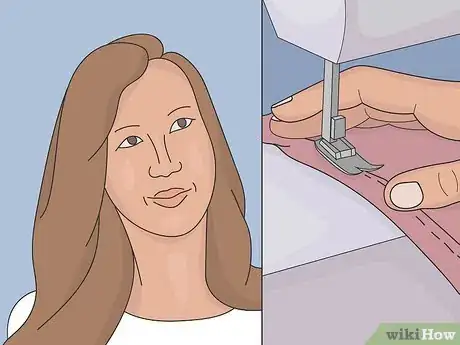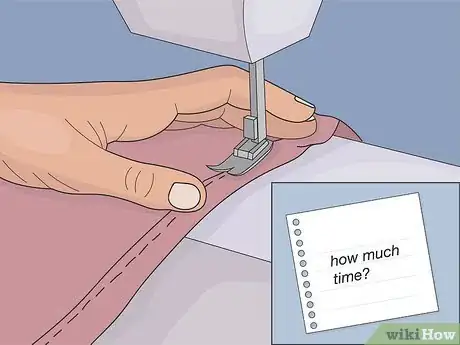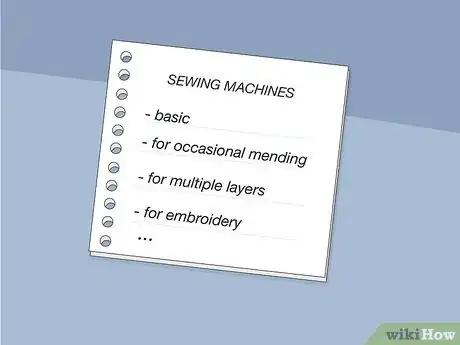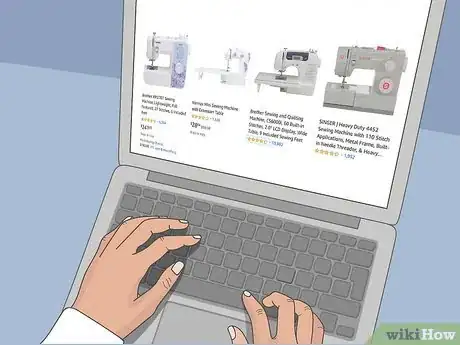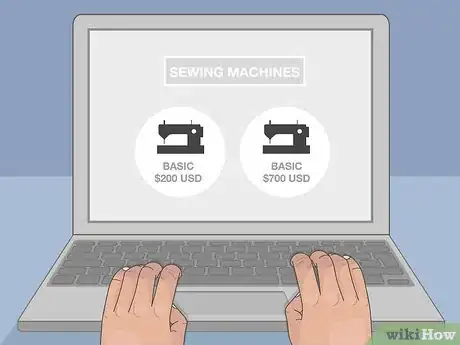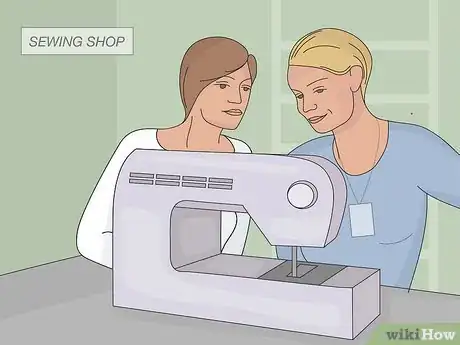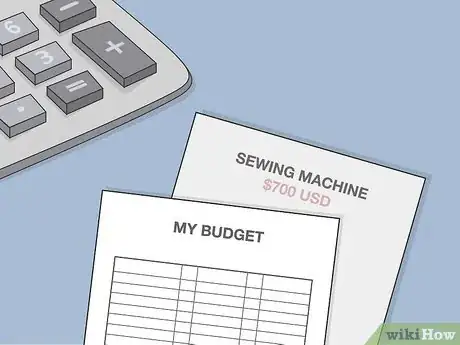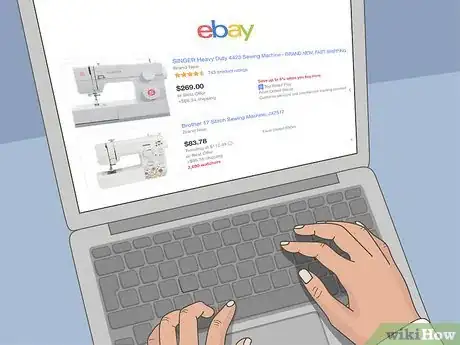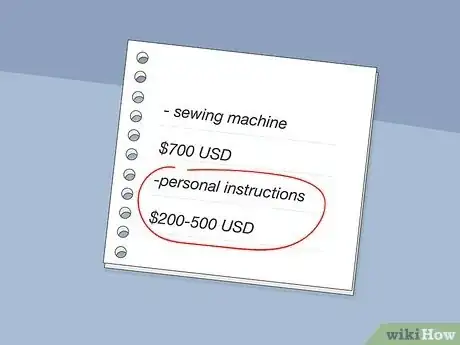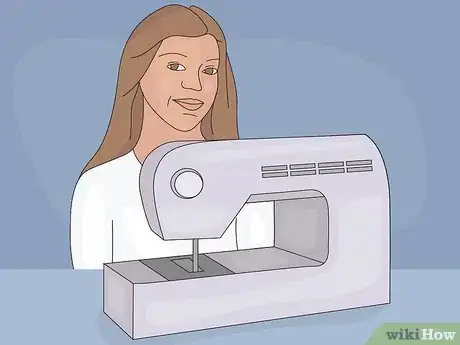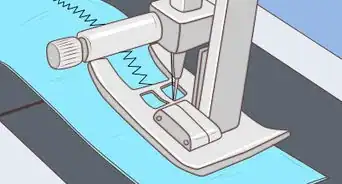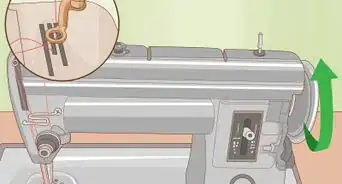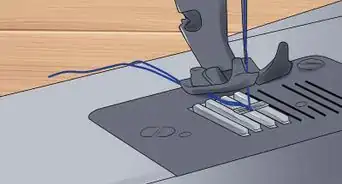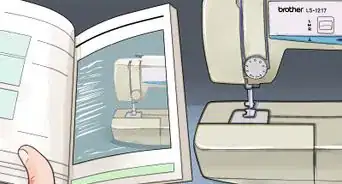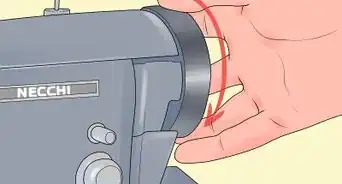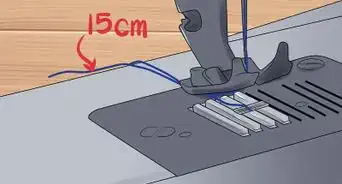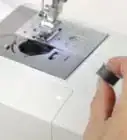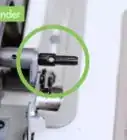X
This article was co-authored by Lois Wade. Lois Wade has 45 years of experience in crafts including sewing, crochet, needlepoint, cross-stitch, drawing, and paper crafts. She has been contributing to craft articles on wikiHow since 2007.
This article has been viewed 212,764 times.
There are a lot of sewing machine choices out there, from fancy, expensive computerized machines that can embroider large designs to basic garage sale machines with little more than forward and reverse. Where should the budget-conscious beginner begin and what features are probably too much?
Steps
-
1Consider first the reasons you want a sewing machine. Do you want to sew drapery? Make crafts? Make clothing? Do mending or alterations? Do embroidery or quilting?
-
2Be honest with yourself: how much time will you actually spend at your sewing machine?Advertisement
-
3Consider the above factors when comparing machines. Sewing machine types and quality range from very basic machines meant for only occasional mending to very high end machines meant for sewing multiple layers of upholstery material and even to machines that will embroider anything you can imagine. The costs will range from around $150 USD to $15000 USD and up.
-
4Shop around online first. Get a good idea of what is available for what price. If you go to your local shop, you are much more likely to be "encouraged" to purchase something more expensive than what you need, not because you need the machine, but because the salesperson needs the commission.
-
5Get an idea about what you'll get for your money in various price ranges.
- 0-$200 USD: "Disposable" machines with plastic cams (parts) that are hard to find/replace. Common brands in this price range are "Brother", Some very low end "Singer" and "Kenmore" brands and some less well known brand names such as Riccar thrown in for good measure. If you're purchasing the machine at a department store such as Kmart or Walmart, this is likely what you are getting.
- $200-$600: Average machines which will do well for the occasional seamstress, but will not hold up well long term if you are doing a lot of sewing. (i.e. more than once a week) Good name brands in this price range are Singer, Bernina, White, Janome etc. These machines can occasionally be found in higher end department stores such as Sears or JCPenney.
- $700 to $2000: Machines in this price range tend to last longer because they are made from better materials and are engineered better. They also have much better availability of replacement parts for repair. Most good brands will have machines in this price range as well as in the average price range. Mid-range to higher-end Baby Locks, Bernina, Viking Husqvarna, Janome, Juki, Pfaff and a few higher end Singers can be found in this range. Machines in this range are generally not available in department stores and must be purchased either from a sewing shop or online.
- $2000 and up: Machines used by tailors, seamstresses, upholsterers and others who use their machines on an almost daily basis. Machines over $2000 USD tend to be specialty machines such long arm quilting machines, upholstery machines, and embroidery machines. Many sewing shops will rent you time on these machines for a very reasonable fee, saving you the time and expense of purchasing your own (and the space to store them).
- The serger, or overlock, machine is another type of specialty sewing machine. It sews with multiple needles and multiple threads to create stitches better suited to stretchy fabrics, such as those used for t-shirts and swimsuits. It is probably not what you want for general purpose sewing. If a serger is the kind of machine you want, they also range from about $200 on up into the low thousands of dollars.
-
6Narrow down your preferred machines to two or three.
-
7Visit your local sewing shop and ask for a demonstration of each of those machines. You may have to visit different shops for different brands.
-
8Compare your budget to the price machine you want, and decide on any compromises or adjustments you will need to make if they don't quite match. Will you purchase a used machine? Will you save up for a little longer? Will you chose a slightly lower quality machine?
-
9Price shop online again and check eBay prices. Often, you can get a fantastic deal on a very lightly used machine if you've done your homework beforehand.
-
10Consider whether the personal instruction at the shop is worth the extra $200-500 dollars you'll pay at the shop. If you already know how to sew and you can get a copy of the manual, you may not need to talk to anyone about it to use the machine.
-
11Buy your machine, take the time to learn how to use it, and enjoy.
Advertisement
Community Q&A
-
QuestionIf I'm are a beginner and just need my machine for crafts and quilting, what type of machine should I start with?
 Community AnswerSinger machines are usually not very expensive, but have many options on them. Easy to use as well.
Community AnswerSinger machines are usually not very expensive, but have many options on them. Easy to use as well. -
QuestionI want to make very simple cotton and linen dresses. Can I just buy a cheap machine?
 somethingforeveryoneCommunity AnswerIt depends on how many dresses you'll be making, and the weight of the cotton and linen fabrics. If you'll rarely be making dresses, and making them out of lightweight weaves/knits, a cheap machine is okay.
somethingforeveryoneCommunity AnswerIt depends on how many dresses you'll be making, and the weight of the cotton and linen fabrics. If you'll rarely be making dresses, and making them out of lightweight weaves/knits, a cheap machine is okay.
Advertisement
Warnings
- Lower end machines, while sufficient for occasional mending, should probably be avoided by anyone hoping to sew more than once per month. Expect them to wear out. Expect to call for service and be told that parts are not available, or that the model is discontinued, or some such.⧼thumbs_response⧽
Advertisement
About This Article
Advertisement
